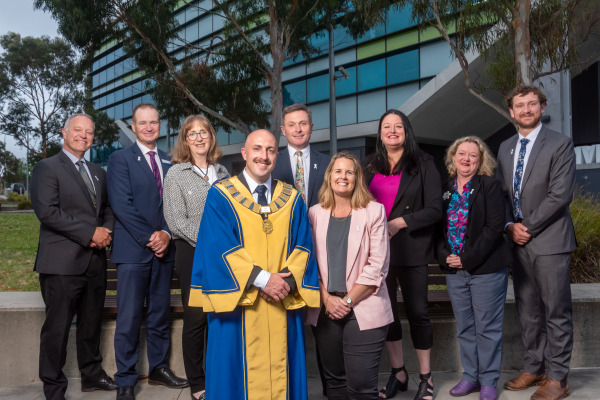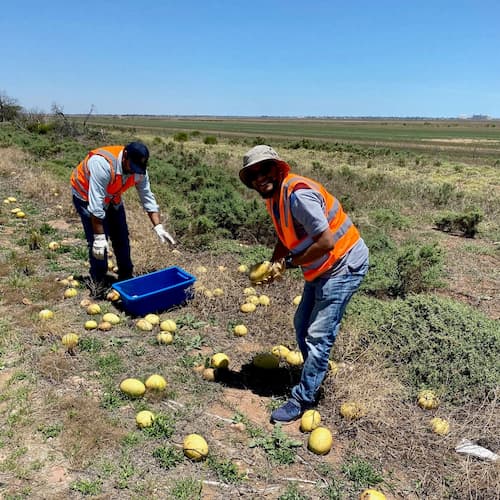The Australian Government has amended the Migration Regulations to create the Australian Agriculture Worker Visa (Ag Visa) to provide for a vital agriculture visa to help secure the future of rural and regional Australia.
Minister for Agriculture and Northern Australia, David Littleproud said the ³Ô¹ÏÍøÕ¾s promised an Ag Visa and we’ve delivered it.
“The ³Ô¹ÏÍøÕ¾s used the recent UK free trade negotiations to not only secure better market access for Australian farmers but also as an opportunity to finally secure an Agricultural Visa,” Minister Littleproud said.
“The Ag Visa will be the biggest structural change to agricultural workforce in our nation’s history.
“The visa will also be available to the fisheries, forestry and agricultural processing sectors and will target seasonal workers, skilled and semiskilled workers.
Minister Littleproud said this will bring the next generations of migrants to not just grow agriculture but regional Australia.
“Our agriculture industry and primary producers have always kept Australians and the world fed and clothed, but they have done so under workforce constraints,” Minister Littleproud said.
“The creation of the Ag visa under the Migration Regulations is a landmark moment for the sector and delivers on our promise to have it in place this year.
“The Ag Visa will provide a long-term, reliable workforce for our critical industries while solving one of regional Australia’s greatest challenges in recent history.
“It will be open to applicants from a range of countries and we are already in talks with a number of countries in our region who are eager to participate.
“It will complement the Pacific programs we have got in place which have been critical in supporting our primary industries to date.
“The Pacific will remain the key pathway for the sector to access workers for this harvest, with the government committing to double the number of Pacific workers in Australia by March 2022.”
The regulation provides a new Australian Agriculture Worker stream which will provide for the entry and temporary stay of workers across primary industries sectors.
This provides the pathway for workers to arrive with first worker arrivals once partner country negotiations are complete.
Any workers will also need to meet necessary Federal and State quarantine requirements.







